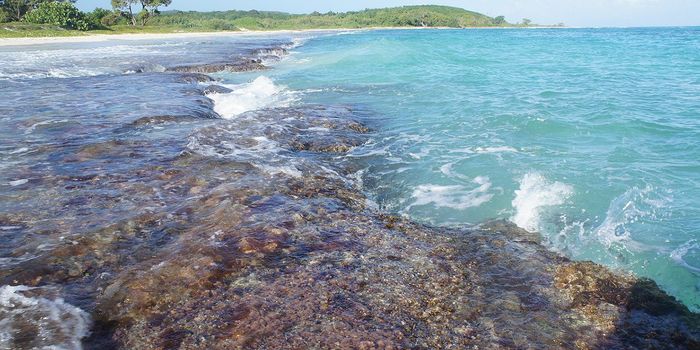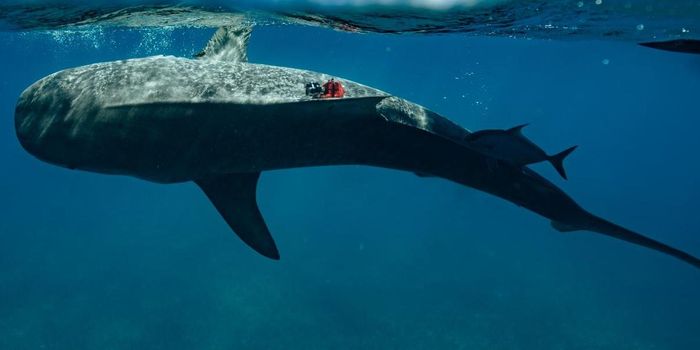How is it possible that a bird as large as an albatross, whose wingspan reaches more than three meters wide, can simply soar through the air and cross oceans without so much as a flap?
Albatross use a technique called dynamic soaring to take advantage of the shear wind field that exists about 10-20 meters above the surface of the ocean. Wind speed reduces the closer it gets to the water, reaching virtually a speed of zero right at the surface. But as it rises, the speed increases - and the albatross uses this physics to take its flight.
Scientists have determined that there are four phases to the albatross's flight cycle. The first is a windward climb, followed by a curve from wind to leeward in the upper altitude region, a leeward descent, and a reverse turn into the sea that flows back into a windward climb, completing the cycle. If you need a visual representation of this, the video illustrates it well. The albatross is able to use the wind's energy as a propulsive force that can cancel out the wind's drag, resulting in a total energy stake that is neutral. Which all basically means that the albatross need not lift a feather in order to continue its graceful flight across the seas!








